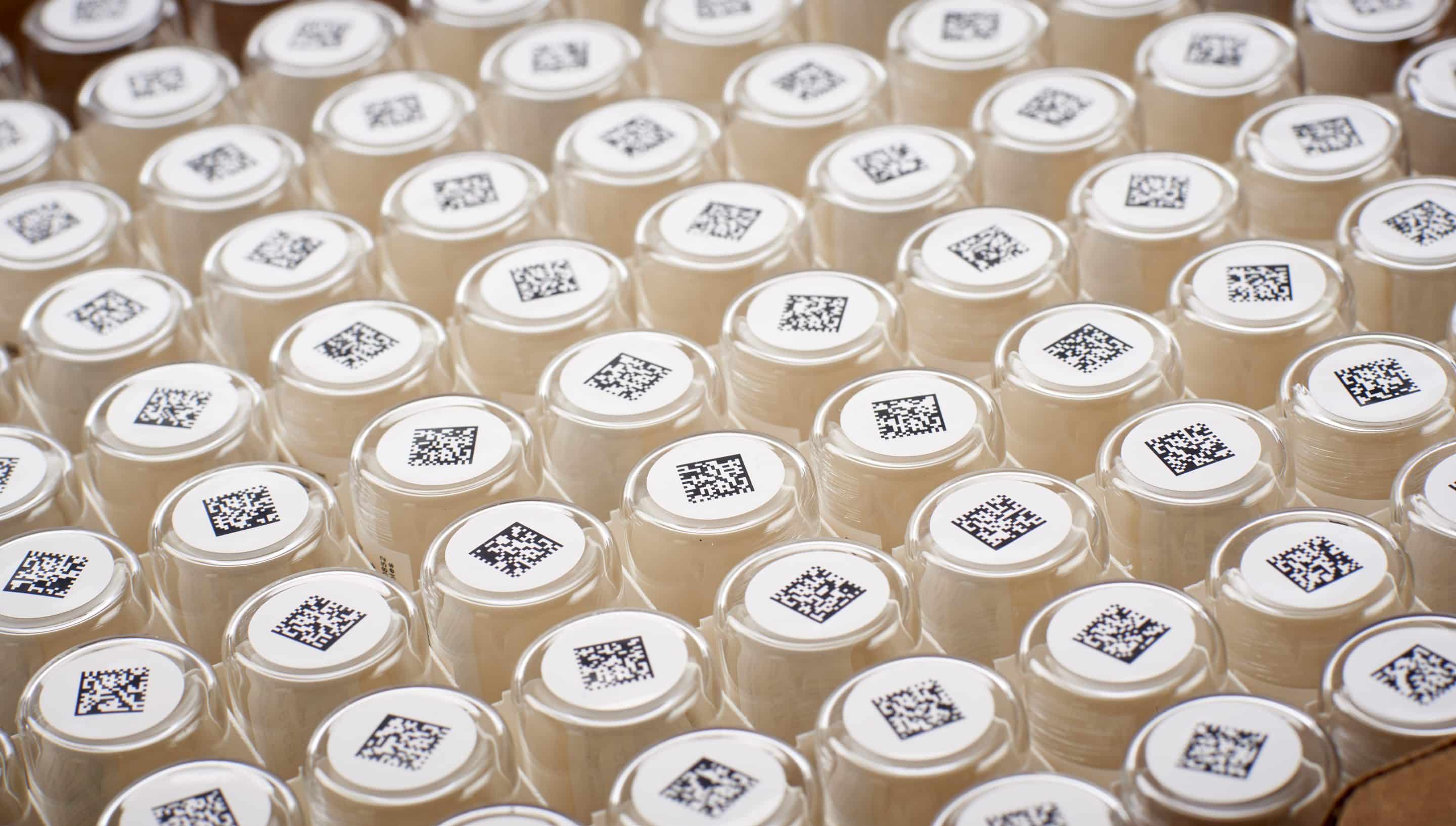Laboratory glassware, a cornerstone of scientific exploration, demands meticulous marking for accurate identification and traceability. Yet, in the labyrinth of experimentation, the importance of permanence in marking and labeling this glassware is often overlooked. While standard adhesive labels suffice, the true innovation lies in permanently bonding marks directly to the glassware’s surface. Our focus today lies in the groundbreaking innovation of permanently bonding marks directly to the glassware’s surface. Join us as we explore the intricate dimensions of marking laboratory glass, from understanding the diversity of glassware to the stringent criteria for high-quality glass. We’ll delve into the vital role of essential information, custom marks for enhanced functionality, and the enduring permanence of these markings.
Types of Glassware:
Laboratory glassware encompasses a diverse array of specialized vessels, each meticulously crafted to meet the unique demands of scientific processes. In addition to the standard beakers, flasks, and cylinders, laboratories often utilize specialized glass vials designed for specific purposes. High-recovery vials, for instance, prioritize minimal sample loss, crucial for maintaining sample integrity during analyses. Headspace vials cater to gas sample collection, while screw cap and crimp top vials ensure secure seals, particularly valuable for volatile samples. This nuanced selection of glass vials underscores the commitment to precision, accuracy, and sample integrity in various scientific applications.
Glass Composition:
Understanding the types of glassware is foundational to ensuring optimal performance in the laboratory. Flint glass, characterized by its clarity and versatility, finds utility in various general-purpose applications.
Borosilicate glass, renowned for its resistance to thermal shock, is a staple in laboratories where temperature variations are common, safeguarding against unexpected breakage. Quartz glass, prized for its high transparency in ultraviolet and infrared ranges, serves in applications requiring exceptional optical clarity.
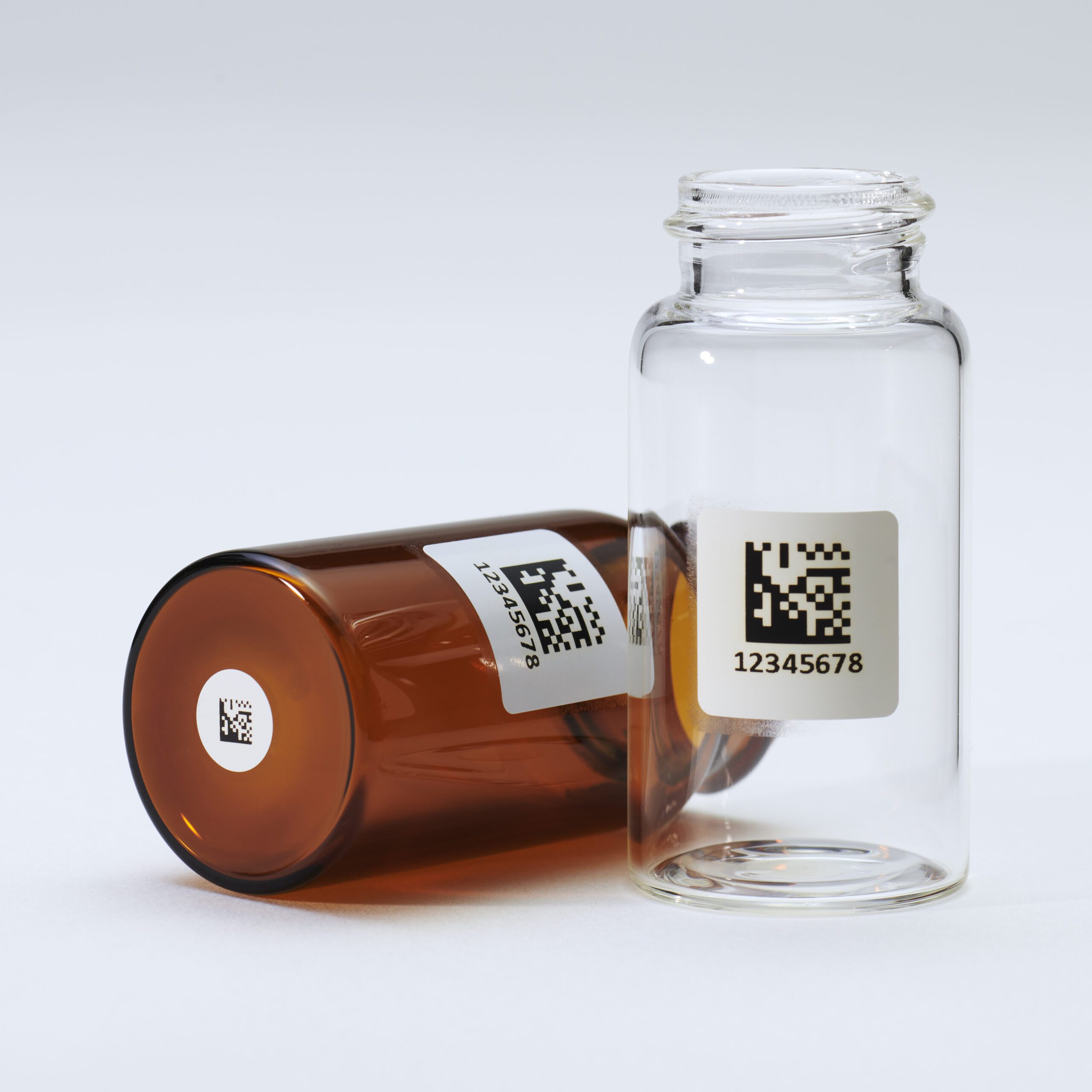
Soda-lime glass, a prevalent choice, strikes a balance with moderate chemical resistance, making it suitable for diverse laboratory settings. Expanding this spectrum of glass compositions, amber glass stands out for its role in light-sensitive applications, shielding samples from potentially degrading effects of light exposure.
Criteria for High-Quality Glass:
Selecting high-quality glassware is a nuanced process crucial for the success of scientific experiments. Several criteria guide this selection, ensuring that glassware aligns seamlessly with the demands of laboratory applications. Key considerations include:
- Chemical Resistance: High-quality glass must resist chemical interactions, maintaining its integrity when exposed to various substances commonly used in experiments.
- Temperature Stability: Glassware should exhibit stability across a range of temperatures, withstanding thermal variations without compromising its structural integrity.
- Durability: The ability to withstand physical stress, such as accidental impacts or rough handling, is imperative for glassware longevity.
- Transparency: Transparent glass ensures clear visibility of the contents, facilitating accurate observations and measurements during experiments.
- Precision: Glassware must meet precise manufacturing standards, providing accurate measurements and reliable results in scientific analyses.
- Resistance to Contamination: High-quality glass should not introduce contaminants to the samples, ensuring the purity and accuracy of experimental outcomes.
This multifaceted approach to assessing high-quality glass ensures that laboratories have at their disposal glassware capable of meeting the stringent requirements of scientific research. By meticulously considering these criteria, scientists can optimize their experimental setups for accuracy, repeatability, and overall success.
Marking Laboratory Glassware
In the realm of laboratory glassware markings, permanence and durability are paramount. Our advanced marking technologies redefine the landscape, offering solutions that stand up to the challenges posed by harsh laboratory conditions.
Durability and Permanence:
Laboratory glassware is subjected to harsh conditions, including exposure to aggressive chemicals, extreme temperature variations, and physical handling. To ensure effective identification and tracking, it’s essential that the labels, marks, barcodes, or images on glassware can withstand these challenges. Here’s how advanced marking technologies offer durability and permanence:
Integration with Glassware: Unlike traditional labels that are separate entities, advanced markings become an integral part of the glassware itself. They are directly bonded to the surface, making them inseparable from the glass. This integration ensures that the markings will never be lost or separated from the glassware, providing permanent traceability for samples and experiments.
Resistance to Fading and Peeling: Traditional adhesive labels can fade or peel over time, potentially compromising the vital information they carry. Advanced marking technologies create bonds that resist fading, peeling, or wearing off. The markings remain legible and intact throughout the glassware’s lifespan, ensuring long-term traceability.
Versatile Marking Locations
The choice of marking location on laboratory glassware is a critical consideration. It determines how easily the label or mark can be accessed, scanned, and utilized during experiments and inventory management.
Our advanced marking technologies extend beyond conventional approaches, offering versatility in choosing marking locations. Glassware can be marked on various surfaces, including:
Side: Most commonly used for markings, as it’s easily visible and accessible.
Bottom: Particularly useful for tubes, vials, and containers, ensuring that the mark remains visible when stored upright.
Cap or Closure: Ideal for containers where the cap is frequently removed, allowing quick access to vital information.
Peculiar Sides: Some glassware may have irregular shapes or additional surfaces that can be utilized for labeling.
The choice of marking location should align with the glassware’s intended use and how laboratory staff will interact with it.
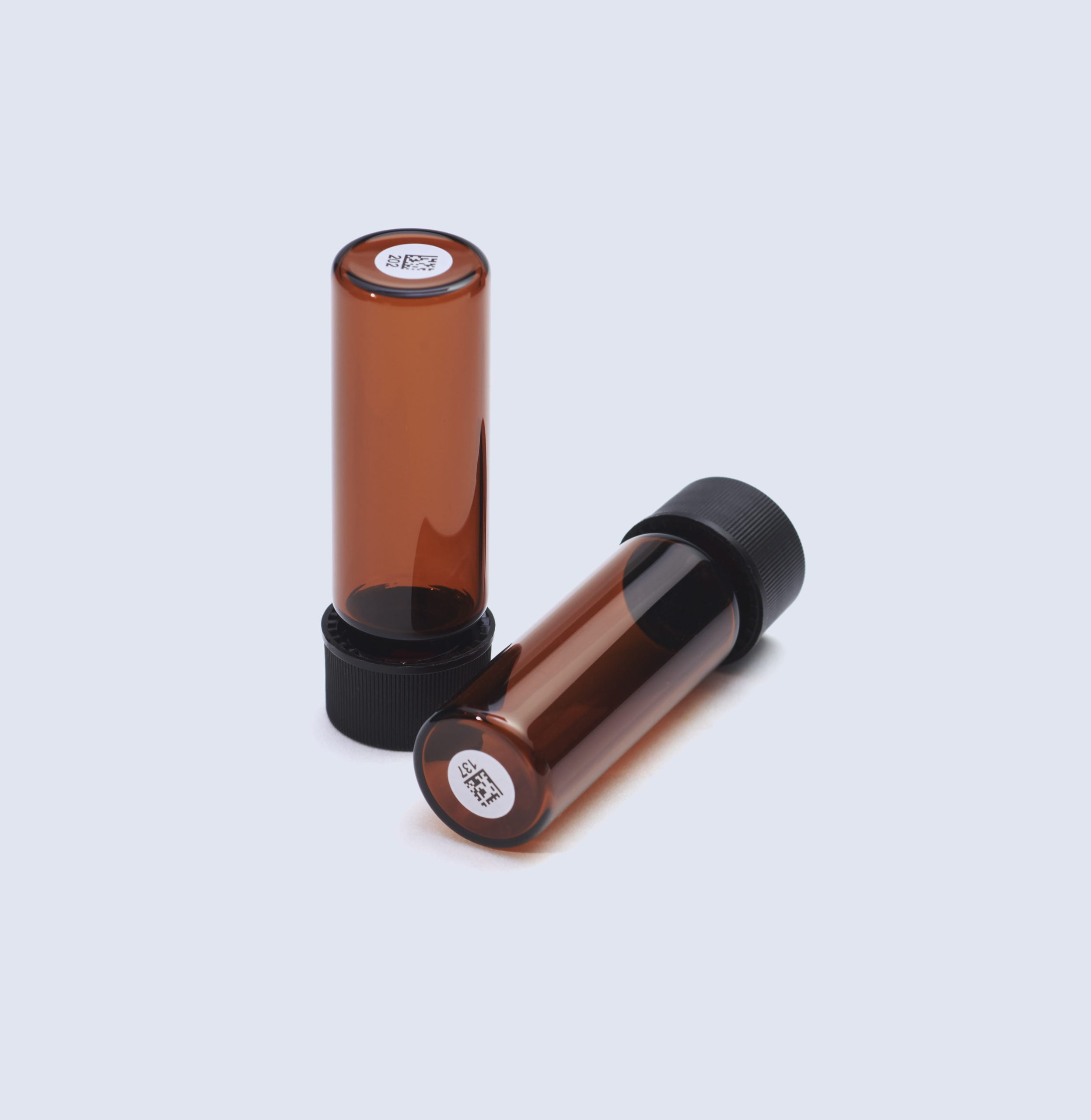
Symbologies and Sizes
Laboratory glassware, often characterized by small sizes and irregular shapes, presents challenges for marking. Our advanced technologies excel in precisely marking on the bottom of the glassware, along oddly shaped sides, or in confined areas, optimizing every inch of available space without compromising clarity or functionality. The size and shape of labels or marks depend on the dimensions of the glassware, the barcode symbology, and the specific requirements of the laboratory. Different barcode symbologies have specific requirements, and the choice of symbology can impact the label’s design. Here are some considerations:
- Linear Barcodes:
- Linear barcodes, such as Code 128 or Code 39, typically require a rectangular shape to accommodate the series of vertical lines and spaces that encode information.
- These barcodes are commonly used when text or alphanumeric data needs to be included alongside the barcode.
- Rectangular labels are suitable for linear barcodes and can provide ample space for additional text or data, enhancing the label’s utility.
- 2D Barcodes:
- 2D barcodes, like QR codes or Data Matrix codes, are more versatile in terms of label shape and can be placed on square or circular labels.
- These barcodes can encode a significant amount of information, including text, URLs, or even images, within a compact space.
- Square or circular labels are ideal for 2D barcodes, and their smaller size makes them suitable for smaller glassware or confined areas where space is limited.
The choice of barcode symbology should align with the laboratory’s specific needs and how they plan to use the labels or markings for identification and tracking. Laboratories should also consider the available space on the glassware and the scanning equipment used for reading the barcodes. Customization options can further tailor the labels to suit the glassware’s dimensions and the requirements of the laboratory’s operations, ensuring efficient and accurate data capture.
Scanning and Access
Laboratories should consider how they plan to scan or access the label or mark during experiments or inventory management. Depending on the laboratory’s equipment and processes, certain hardware or analytical instruments may require the barcode to be precisely positioned to enable automatic reading. Ensuring that the barcode is correctly aligned with the scanning equipment is essential for seamless data capture and tracking.
In addition to precise positioning for automated scanning, laboratories may benefit from color-coded or human-readable labels that are strategically placed for quick and easy identification at-a-glance.
Color-coded labels can provide visual cues, allowing staff to quickly differentiate between glassware types or experimental conditions.
Human-readable labels, especially on the sides of glassware, should be positioned where they can be easily seen without obstructing the user’s view of the glassware’s contents.This ensures that laboratory personnel can access crucial information swiftly, enhancing efficiency and safety during experiments.
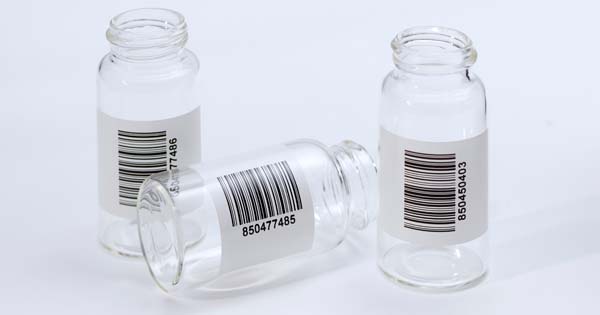
Essential Information for Marking Glassware:
When it comes to marking laboratory glassware, several critical pieces of information are typically included to ensure smooth operations, accurate tracking, and enhanced safety. These essential elements play a pivotal role in the efficiency of laboratory experiments and inventory management, making them indispensable for researchers and lab personnel.
Here are the key components of essential information often marked on laboratory glassware:
Barcodes:
-
- Barcodes are fundamental for accurate and efficient identification and tracking of laboratory glassware.
- Laboratories should choose between linear barcodes (such as Code 128 or Code 39) and 2D barcodes (like QR codes or Data Matrix codes) based on their specific requirements and equipment compatibility.
- The choice of barcode symbology impacts label design and dimensions, with linear barcodes typically requiring rectangular labels and 2D barcodes offering more flexibility in label shape.
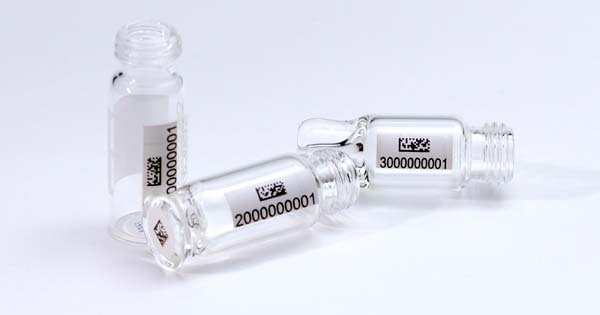
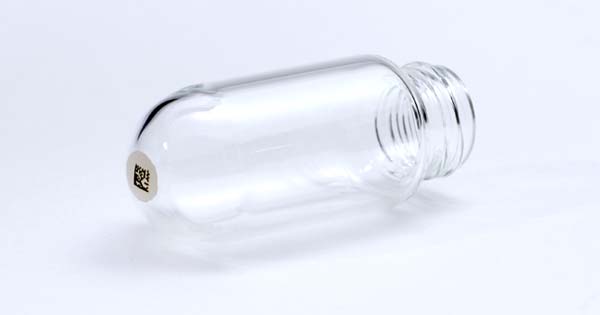
Sequence Numbers:
- Sequence numbers are unique identifiers assigned to each piece of glassware.
- They help maintain a sequential order for tracking purposes and ensure that each item is easily distinguishable.
- Sequence numbers can be human-readable and encoded in barcodes for both manual and automated tracking.
Text Information:
- Text information may include essential details such as the glassware’s name, purpose, date of manufacture, or any specific instructions for use.
- Human-readable text ensures that laboratory personnel can quickly identify the glassware’s intended function and any important handling instructions.
- Text can be combined with barcodes or placed separately, depending on the space available and the desired level of detail.
By including these essential elements on laboratory glassware, laboratories can enhance their identification and tracking processes, improving accuracy and efficiency in their experiments and inventory management.
Custom Marks for Enhanced Glassware Functionality:
To optimize its utility and safety, laboratories often employ custom marks that enhance the functionality of glassware. These marks go beyond mere identification and delve into the realm of precision, safety, and brand recognition. From graduated lines that ensure precise measurements to color-coded labels that streamline organization, and even temperature limit markings that promote safety, these custom marks play a vital role in elevating laboratory processes.
Graduated or Fill Lines:
Graduated lines are essential for precise measurements and sample preparation in laboratory experiments.
These lines indicate specific volume levels, allowing scientists to dispense or collect precise quantities of liquids or substances.
Fill lines provide visual cues to prevent overfilling or underfilling, ensuring accuracy in experiments.
Color Marks and Color-Coding:
Color marks and color-coding are valuable for quick visual identification of glassware types, functions, or experimental conditions.
Laboratories can assign specific colors to different categories of glassware, making it easier for personnel to select the right equipment quickly.
Color-coded labels or marks enhance organization and reduce the risk of errors during experiments.
Laboratories and companies may choose to incorporate color logos on glassware for brand enhancement and recognition.
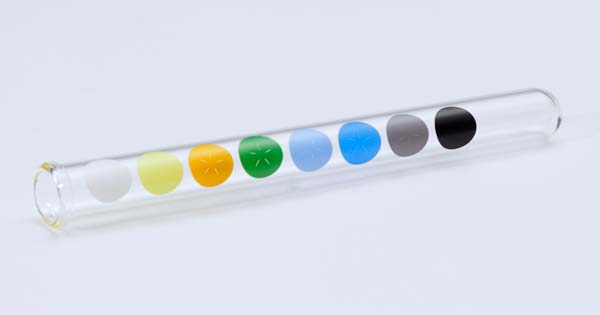
- Specialty Marks Unique to Labs:
- Specialty marks can include hazard symbols to indicate the potential dangers associated with specific glassware or experiments.
- Temperature limits can be marked to inform users about the glassware’s safe temperature range, whether it can be frozen or heated, and up to what temperature.
- Such marks enhance safety and ensure that glassware is used within its intended parameters, preventing accidents and damage.
Custom marks not only improve the functionality of glassware but also contribute to the overall efficiency and safety of laboratory operations. Laboratories can tailor these marks to meet their specific needs, enhancing the usability and effectiveness of their glassware inventory.
Embrace the future of glassware markings with technology that endures the rigors of scientific exploration, ensuring precision, efficiency, and safety in laboratory practices. The markings etched onto laboratory glassware aren’t just labels; they are the indomitable companions on the journey to precision and traceability. They outlast the caustic chemicals, the soaring temperatures, and the tests of time, preserving critical details through every experiment, every breakthrough, and every generation of scientists.
